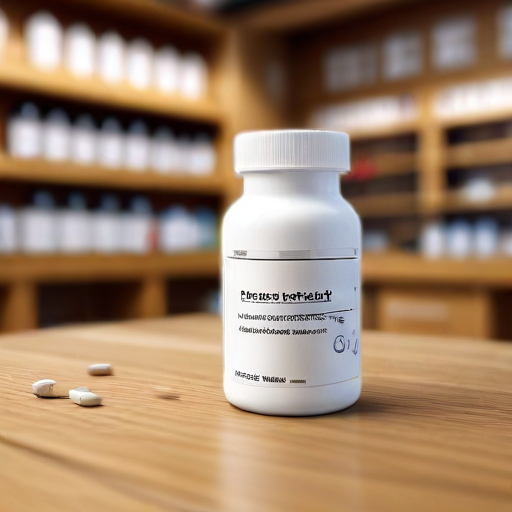A recent study published in the Annals of Internal Medicine reveals a notable shift in the prescription patterns of GLP-1 medications. The research highlights an increase in the number of non-diabetic individuals being prescribed these medications while prescriptions for diabetic patients are decreasing. This trend could potentially lead to shortages of these valuable treatments.
GLP-1 drugs, originally designed to manage type 2 diabetes, function by mimicking a hormone that regulates blood sugar and reduces appetite. Their use for weight loss was approved by the FDA in 2021, marking a significant expansion in their application. As a result, the competition has intensified, with pharmaceutical giants Novo Nordisk and Eli Lilly struggling to meet the surging demand for GLP-1 medications, which include well-known drugs like Zepbound, Mounjaro, Wegovy, and Ozempic.
The study analyzed medical records from 45 million Americans seeking healthcare from 2011 to 2023. Findings indicate a dramatic drop in the percentage of new GLP-1 users with type 2 diabetes, declining from nearly 90% in 2019 to over 70% by 2023. Conversely, those without diabetes who are prescribed GLP-1 medications rose from 10% to 25% during the same period. Co-first author Yee Hui Yeo noted that this shift reflects a growing recognition among healthcare providers of the benefits of these medications for obesity treatment, although it raises concerns about ensuring continued access for diabetes patients.
Despite the swelling popularity of GLP-1 drugs, which can lead to weight loss of up to 26% in users, the surge in demand has created hurdles for many patients trying to fill prescriptions. Both Eli Lilly and Novo Nordisk are making substantial investments to enhance production capabilities in response to this challenge.
Looking to the future, Morgan Stanley analysts project that the global market for GLP-1 drugs may reach an impressive $105 billion by 2030, with adoption potentially affecting around 31.5 million people in the U.S. by 2035, equivalent to nearly 9% of the population. This trajectory not only showcases the evolving landscape of diabetes and obesity treatment but also highlights the potential for these medications to play an increasingly vital role in public health.
Overall, while the growing off-label use of GLP-1 medications for weight management reflects a positive step towards addressing obesity, it’s essential to balance this trend with the continued needs of those with diabetes. This situation also underscores the opportunities for pharmaceutical companies to innovate and expand access to crucial medications in order to meet the diverse health challenges facing our society.
